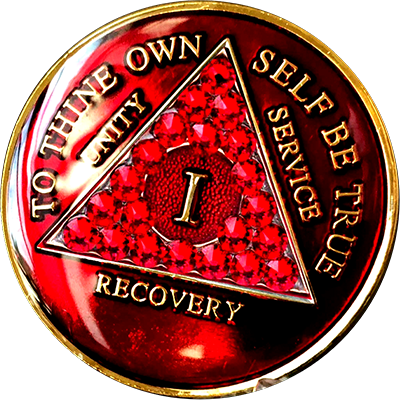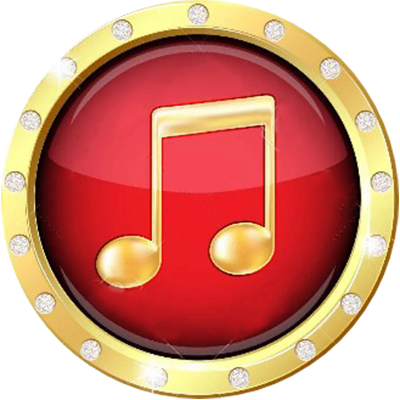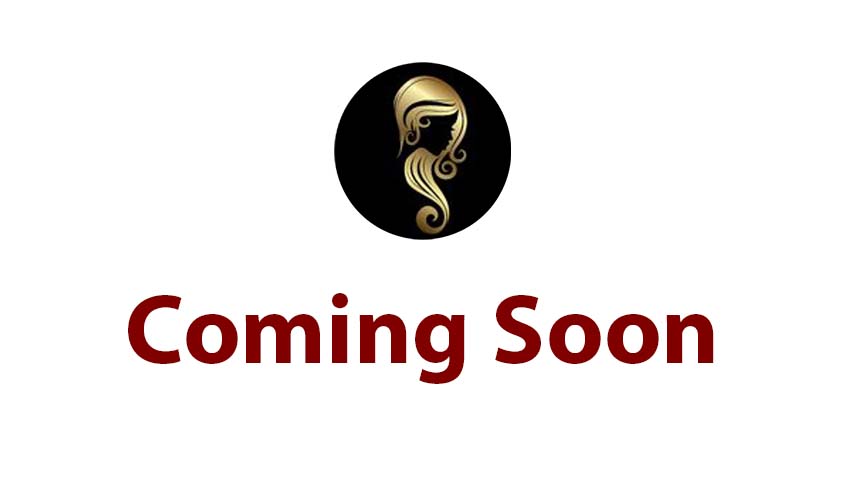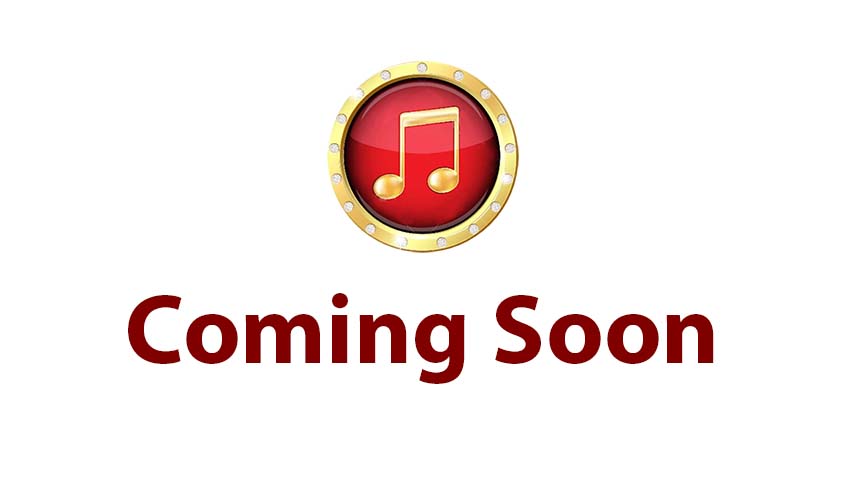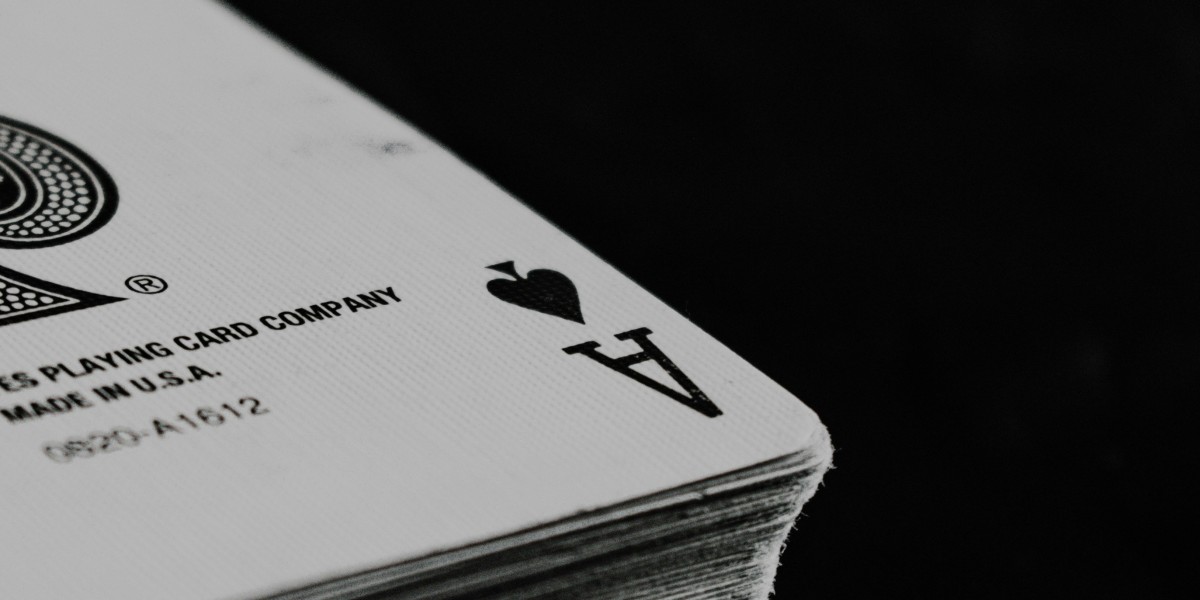The harmonica is one of the most recognizable and versatile musical instruments in the world, loved by musicians across genres such as blues, rock, country, jazz, and classical music. Despite its small size, the harmonica packs a big punch in terms of sound and expressiveness. Whether you're a seasoned professional or a beginner just starting out, the harmonica is an instrument that can bring joy, creativity, and a sense of musical freedom.
What Is a Harmonica?
A harmonica is a small, handheld wind instrument that produces sound by the player drawing or pushing air through metal reeds. These reeds are housed in a chamber that vibrates to create sound when air is passed through them. It’s classified as a free reed wind instrument, which means the reed vibrates freely when air flows over it, as opposed to instruments like the flute, where air is directed through a mouthpiece to create sound.
Harmonicas come in various types, each designed to cater to different musical styles. The most common type is the diatonic harmonica, which is tuned to a specific key and is widely used in genres like blues and folk music. There are also chromatic harmonicas, which allow players to access all the notes in a chromatic scale, making them ideal for jazz and classical music. Additionally, tremolo and orchestral harmonicas offer unique sounds suited for particular musical genres.
How Does a Harmonica Work?
The mechanics of the harmonica are fascinating yet simple. Each reed on a harmonica corresponds to a different note. When a player blows air into the harmonica, the reeds vibrate to produce the corresponding note. The harmonica player controls the pitch and tone of the sound by altering the airflow, and through techniques such as bending, which involves slightly changing the pitch of the note, they can achieve a wide range of expressions.
The harmonica’s small size makes it an incredibly portable instrument, allowing musicians to play it anywhere, from jam sessions with friends to concert stages. The ability to play both melody and accompaniment simultaneously is one of the features that make the harmonica unique. This versatility has helped the harmonica remain a popular choice for musicians around the world for centuries.
Types of Harmonicas
Diatonic Harmonica: This is the most common type of harmonica, especially popular in blues, country, and rock music. The diatonic harmonica has ten holes, and each hole is tuned to a specific note in a major scale. The diatonic harmonica is typically played in a single key, and to achieve different chords, the player uses techniques such as bending and overblowing.
Chromatic Harmonica: As the name suggests, the chromatic harmonica is capable of playing all the notes in the chromatic scale, making it ideal for classical, jazz, and pop music. This harmonica is equipped with a button-activated slider that shifts the pitch, allowing players to access all the sharps and flats that a diatonic harmonica cannot.
Tremolo Harmonica: The tremolo harmonica is often used in folk and traditional music. It has two reeds per hole, one tuned slightly higher than the other, creating a vibrato effect, which gives it its unique sound. It’s particularly popular in Chinese, Japanese, and Korean folk music.
Orchestral Harmonica: Designed for ensemble playing, the orchestral harmonica is typically used in orchestral settings or large bands. It comes in various sizes and can play in a variety of keys.
Learning to Play the Harmonica
Learning to play the harmonica is accessible to musicians of all skill levels. The instrument’s relatively small size and the simplicity of its design make it easy for beginners to pick up, while its depth of expression keeps even the most experienced players engaged.
Start with the Basics: Beginners can start by learning simple scales and songs that use the basic notes of the harmonica. Getting comfortable with breathing techniques and learning how to properly hold the instrument is crucial for producing clean sounds.
Mastering Techniques: As players become more familiar with the instrument, they can explore various techniques to add more nuance and depth to their playing. Bending notes allows the player to access pitches not typically available on a standard harmonica. Overblowing and draw bending techniques enable the player to explore even more expressive possibilities, especially in genres like blues and rock.
Music Theory: While the harmonica is an intuitive instrument, understanding music theory can be helpful in enhancing one’s playing skills. Learning about scales, keys, and modes can help players know how to make the most of the notes available on the harmonica.
Famous Harmonica Players
Throughout history, there have been countless harmonica players who have made a significant impact on the music world. From blues legends to rock stars, the harmonica has been a tool for personal expression and creativity.
Little Walter: Little Walter was one of the most influential harmonica players in the history of blues music. His mastery of the diatonic harmonica and innovative playing techniques changed the way people approached the instrument. His electrified harmonica sound revolutionized blues music, and he remains an icon in the harmonica world.
Bob Dylan: Bob Dylan is another iconic figure known for his harmonica playing. Often associated with the folk and protest music movements, Dylan's use of the harmonica in his songs added depth and emotion, making his sound instantly recognizable.
Stevie Wonder: A virtuoso multi-instrumentalist, Stevie Wonder has incorporated the harmonica into many of his greatest hits. His use of the chromatic harmonica in his music has helped elevate the instrument to new heights, demonstrating its versatility across genres such as R&B, pop, and jazz.
John Popper: John Popper, the frontman of the band Blues Traveler, is known for his fast and intricate harmonica solos. His impressive technique and passion for the instrument have made him a modern harmonica legend.
Benefits of Playing the Harmonica
Playing the harmonica has numerous benefits beyond just making music. Here are some reasons why learning to play the harmonica is a worthwhile endeavor:
Improves Breathing Control: Playing the harmonica requires the player to regulate their breath, which can improve lung capacity and breathing control. This is especially beneficial for singers and wind instrument players.
Enhances Hand-Eye Coordination: As the harmonica player moves their hands to different holes while simultaneously controlling their breath, they develop better hand-eye coordination.
Stress Relief: Playing music, including the harmonica, has been shown to reduce stress and increase relaxation. The harmonica’s ability to produce soulful and emotional sounds makes it a perfect instrument for releasing pent-up tension.
Portable and Affordable: Unlike larger instruments like the piano or guitar, the harmonica is affordable and easy to carry. You can take it anywhere and play in various settings, from campfires to stages.
Social Benefits: Harmonica players often join bands or perform in jam sessions, which can help build social connections. Music brings people together, and the harmonica is no exception.
Conclusion
The harmonica is an incredibly versatile and accessible instrument that has played an important role in music for centuries. Its rich history and the multitude of genres it spans—from blues to classical to modern rock—make it an essential tool for musicians worldwide. Whether you're just starting to learn or are already an accomplished player, the harmonica offers endless opportunities for creativity and expression. So, if you haven’t already, pick up a harmonica and start making music—it might just become your favorite instrument!







